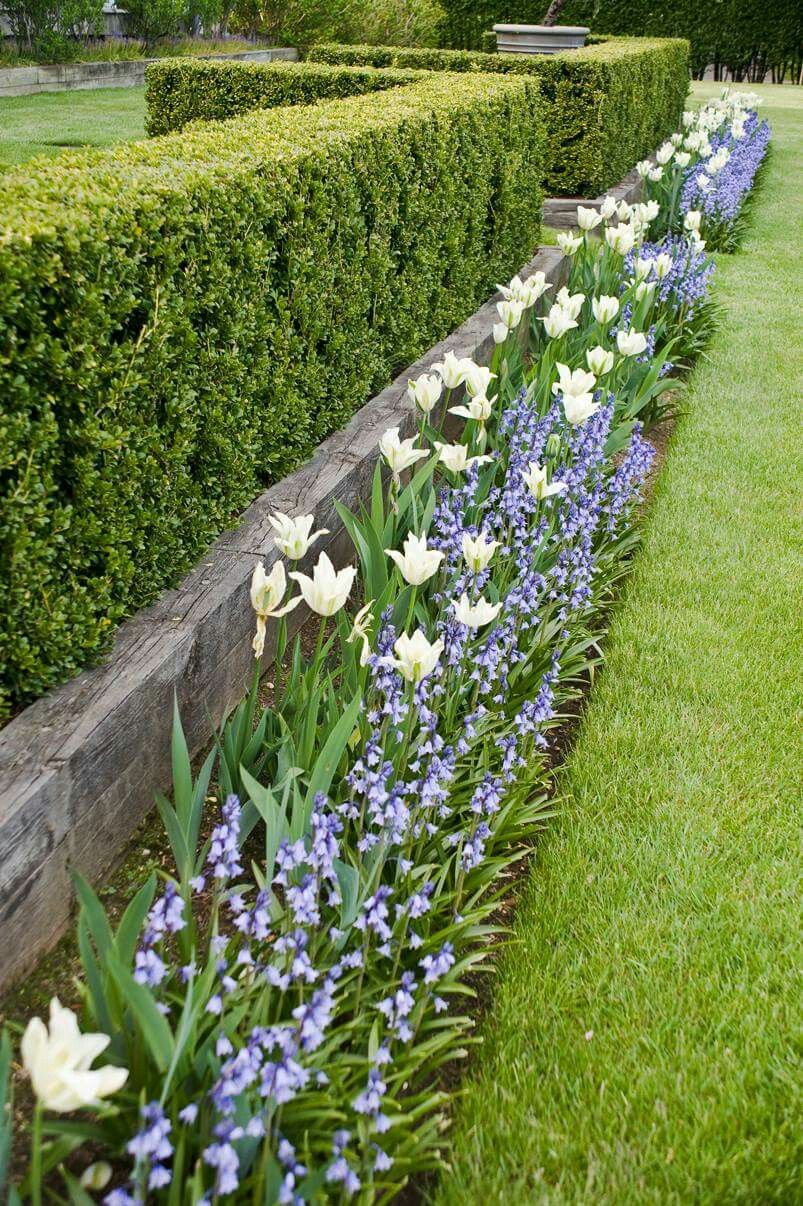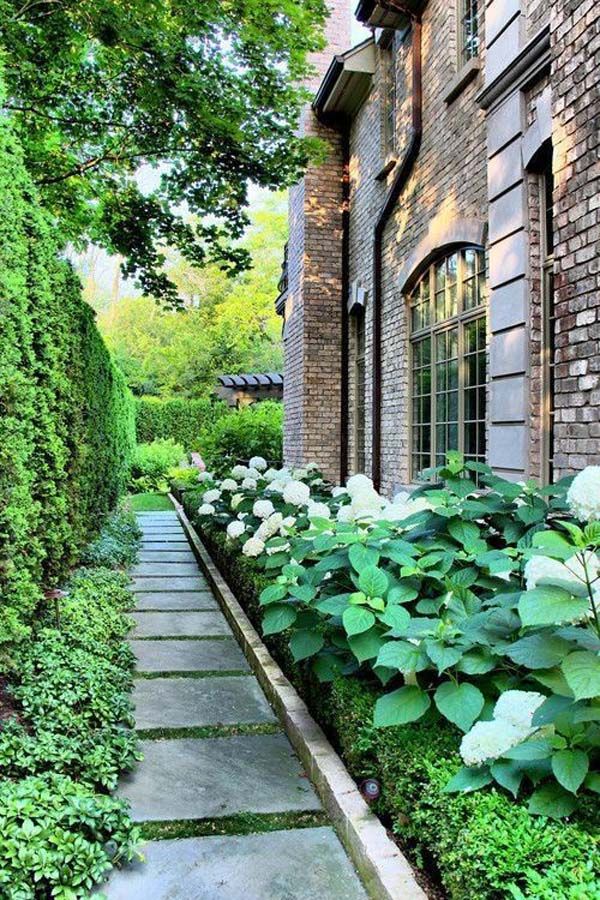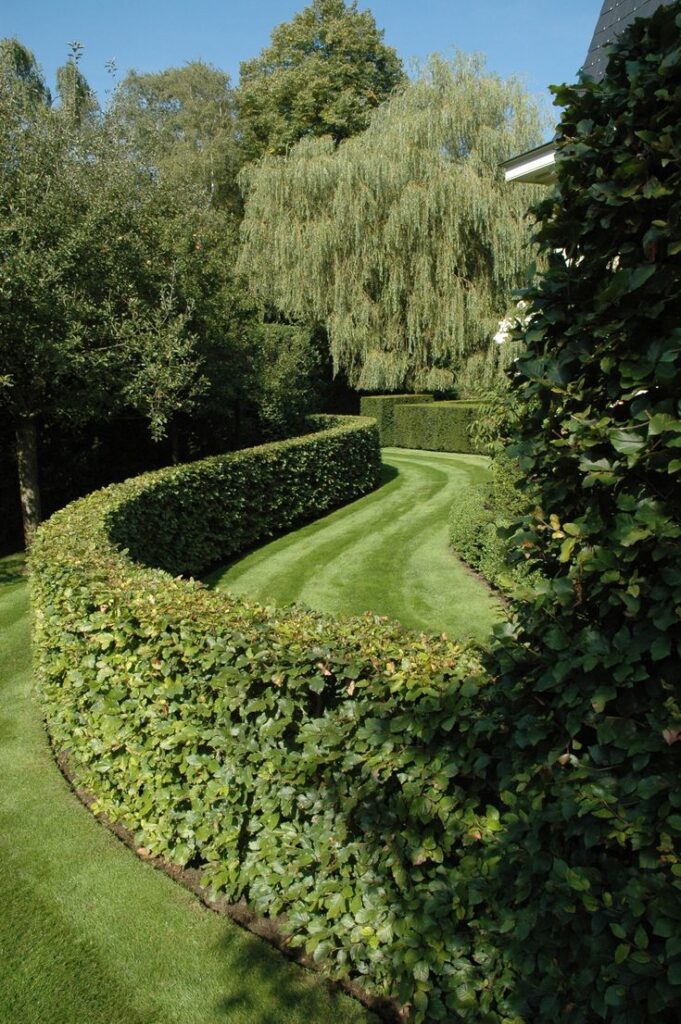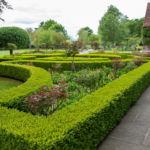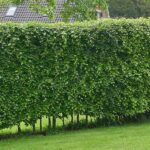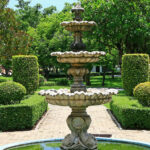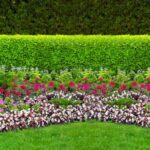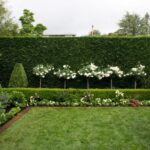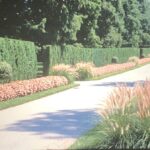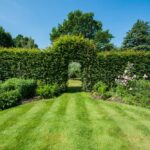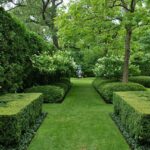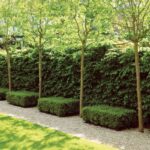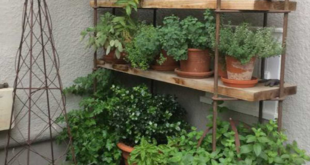Garden hedges are a popular landscaping feature that can serve both practical and aesthetic purposes in outdoor spaces. Hedges are typically used to create boundaries, provide privacy, and add structure to a garden. They can also act as a windbreak, helping to protect more delicate plants and flowers from strong gusts of wind. In addition to their practical benefits, garden hedges can also enhance the overall beauty of a garden by adding color, texture, and architectural interest.
One of the most common types of hedges found in gardens is the evergreen hedge. Evergreen hedges maintain their foliage throughout the year, providing a continuous backdrop of greenery regardless of the season. Popular choices for evergreen hedges include boxwood, holly, yew, and laurel. These types of hedges require regular pruning to maintain their shape and density, but they are relatively low-maintenance and can create a lovely, lush look in a garden.
Deciduous hedges, on the other hand, shed their leaves in the fall and can offer a different kind of beauty throughout the year. While they may not provide the same level of year-round privacy as evergreen hedges, deciduous hedges can be a striking addition to a garden with their changing colors and textures. Popular choices for deciduous hedges include beech, hornbeam, and privet. These hedges also require regular pruning to keep them looking neat and tidy.
When planting a garden hedge, it is important to consider the specific needs of the plants in terms of sunlight, soil, and water. Some hedges prefer full sun, while others thrive in partial shade. Additionally, different types of hedges have different soil and water requirements, so it is important to choose plants that are well-suited to the conditions in your garden. Proper spacing is also essential when planting a hedge, as overcrowded plants can lead to poor growth and disease.
In addition to choosing the right plants for your garden hedge, it is important to consider the overall design and style of your outdoor space. Hedges can be shaped and pruned in a variety of ways to create different effects, from formal, geometric shapes to more informal, naturalistic forms. Boxwood hedges, for example, are often pruned into neat, crisp lines, while yew hedges can be sculpted into whimsical topiary shapes. Experimenting with different pruning techniques can help you create a unique and personalized look for your garden hedge that complements the rest of your landscape.
Overall, garden hedges are a versatile and beautiful addition to any outdoor space. Whether you are looking to create a sense of privacy, add structure to your garden, or simply enhance the beauty of your landscape, hedges can help you achieve your gardening goals. With a wide variety of plants to choose from and endless possibilities for shaping and pruning, hedges offer a customizable and enduring element that can bring year-round beauty to your garden.
 yishifashion Where Outdoor Dreams Become Reality
yishifashion Where Outdoor Dreams Become Reality
